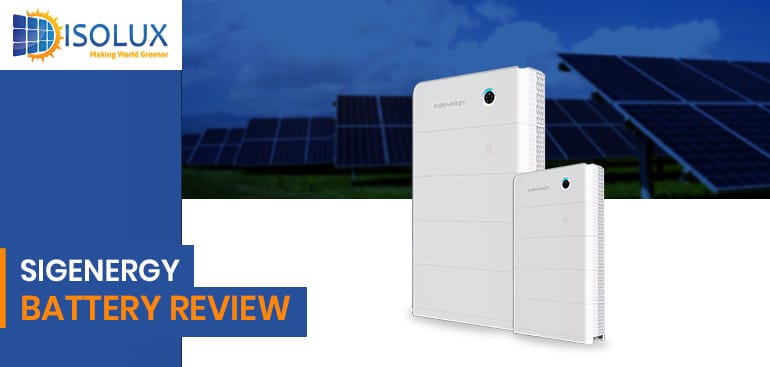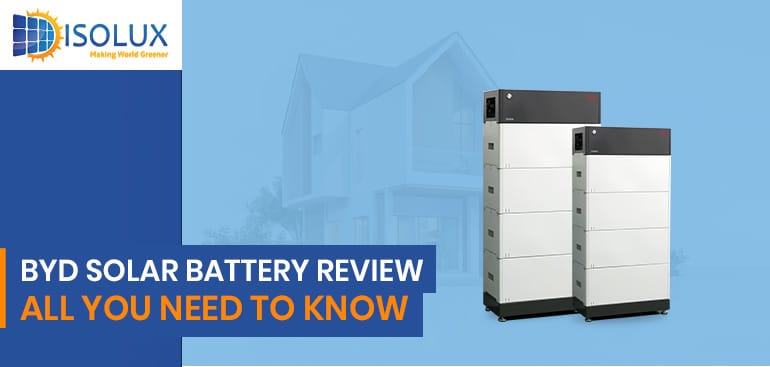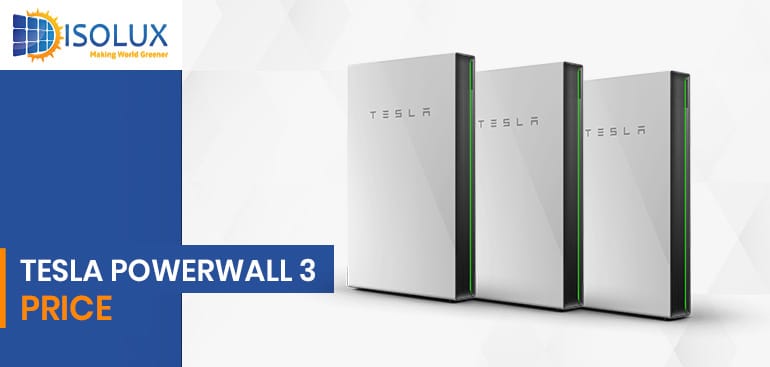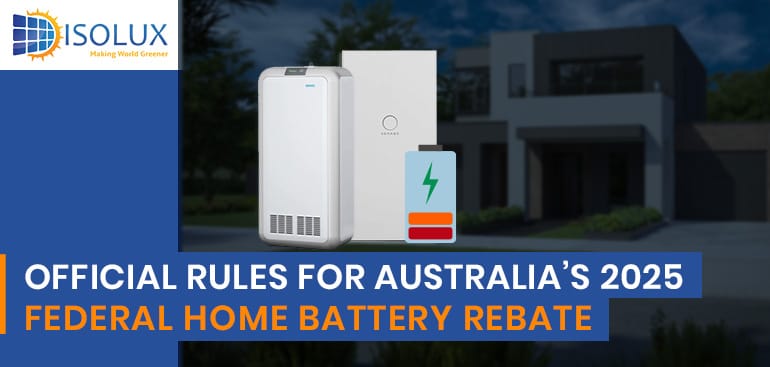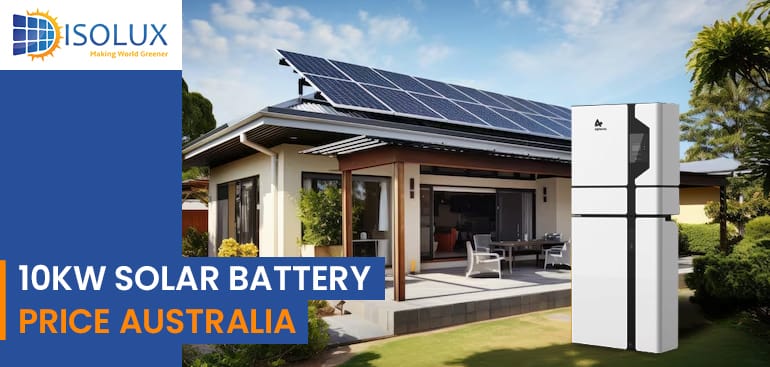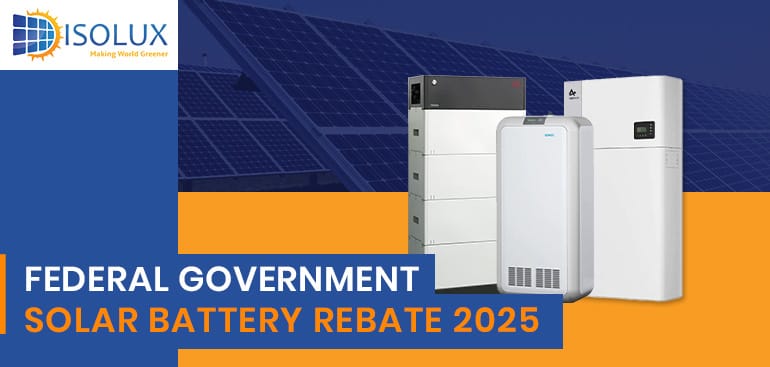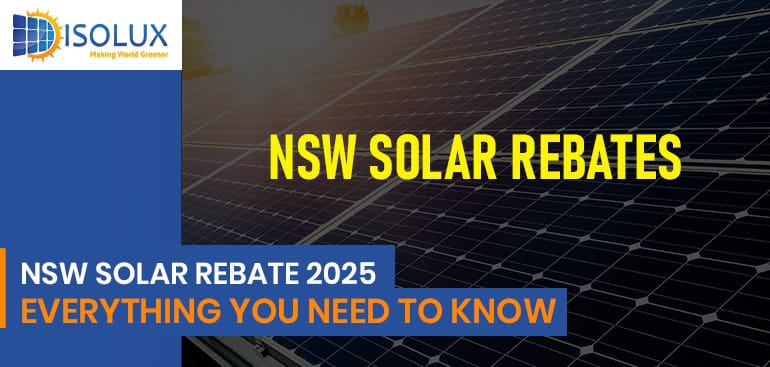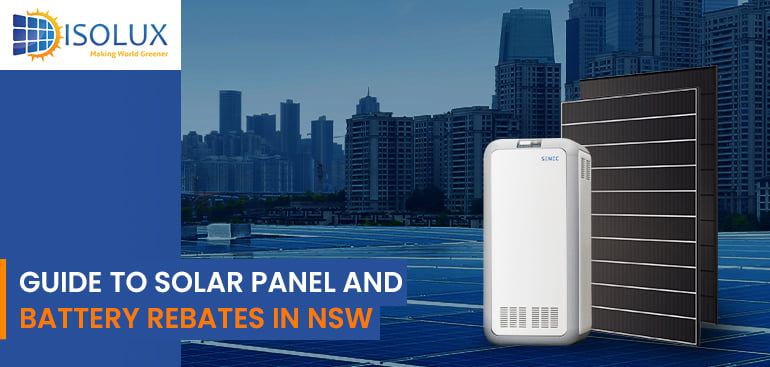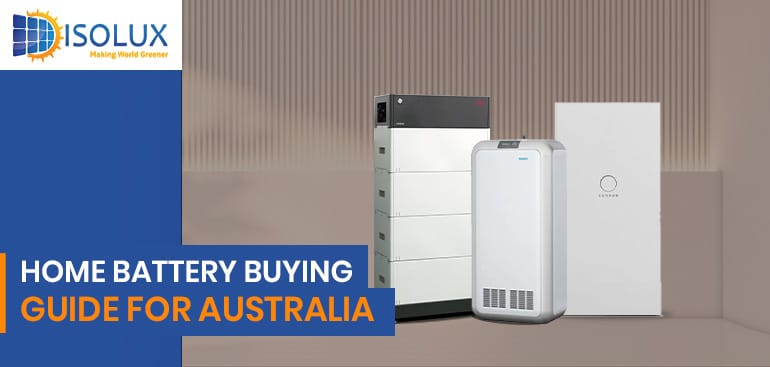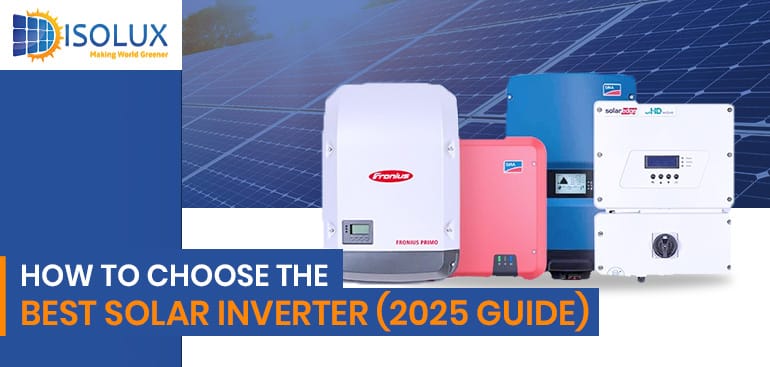As solar adoption continues to rise across Australia, more homeowners are turning to battery storage solutions to increase energy independence, reduce grid reliance, and maximise solar savings. One of the most promising entrants in the energy storage market is the Sigenergy SigenStor Battery is a sleek, intelligent, all-in-one system designed to power the future.
As Australia continues to lead the global transition to clean energy, solar battery storage has become a must-have for homes looking to maximise solar self-consumption and reduce energy bills. Among the top-performing brands in the market, BYD (Build Your Dreams) stands out for its modular design, affordability, and compatibility with popular solar inverters.
With rising electricity bills and a growing interest in clean energy, Australians are increasingly turning to home battery solutions. Among the top contenders is Tesla’s latest innovation — the Tesla Powerwall 3. If you’re wondering about the Tesla Powerwall 3 price in Australia and whether it’s a smart investment, this blog will give you a detailed, up-to-date breakdown.
Australia’s home energy landscape is set for a major transformation in 2025 with the launch of the federal government’s Cheaper Home Batteries Program. This landmark initiative will make battery storage more accessible and affordable for millions of households and small businesses, supporting the shift to cleaner, more resilient energy. Here’s a comprehensive breakdown of the official rules, eligibility, rebate values, and practical tips for homeowners considering battery installation.
As more Australian households and businesses transition to renewable energy, solar batteries have become a powerful tool in maximising energy independence. Among them, the 10kW solar battery stands out as an ideal solution for medium to large homes and small businesses. But how much does a 10kW solar battery cost in Australia in 2025?
The Federal Governments Solar Battery Rebate 2025 is a game-changer, offering substantial savings to households and small businesses ready to invest in solar battery storage.
Australians who are thinking about installing solar panels in their house may be entitled to government incentives. Rebates are available through NSW government solar rebates and federal government programs. These can help Australian homeowners save thousands of dollars on the cost of installing a solar panel system.
As of 1 November 2024, solar battery rebate NSW, under the Peak Demand Reduction Scheme (PDRS), helps you save money when you install a solar battery. You can get an upfront discount of $1,600 to $2,400, depending on the size of the battery. Plus, if you connect your battery to a Virtual Power Plant (VPP), you may get an extra bonus of $250 to $400.
Adding a home battery to your solar system can save you more money. It also helps keep the lights on during blackouts. But buying one is not simple. It’s not like buying AA batteries from the shop. You need to know what they cost, which ones work best, and if home battery worth the money. Let’s break it down.
Going solar is one of the smartest things you can do. It helps lower your electricity bill. It’s also great for the planet. But when most people go solar, they focus only on the panels. That’s a mistake. One of the most important parts of your system is the solar inverter.

